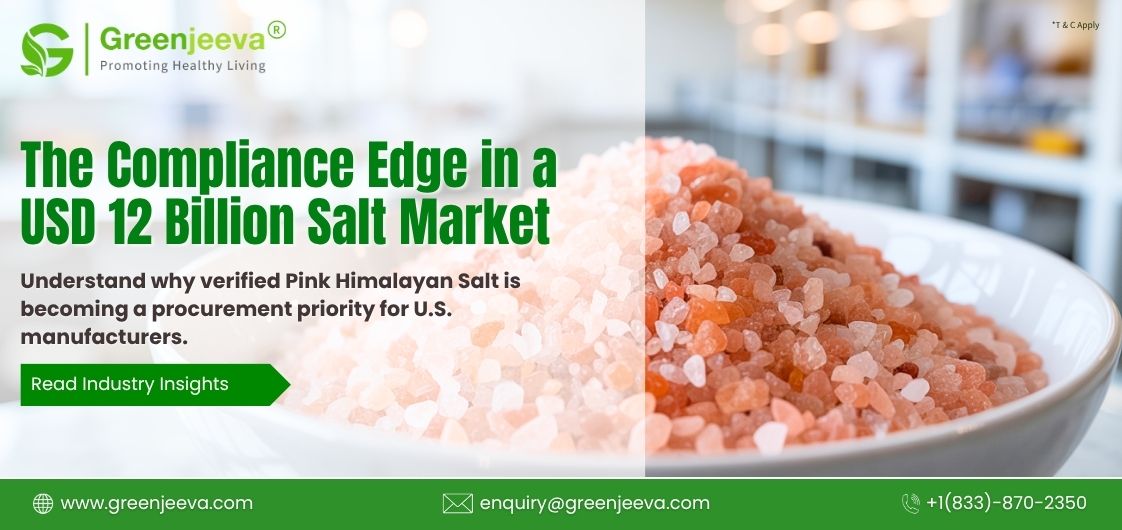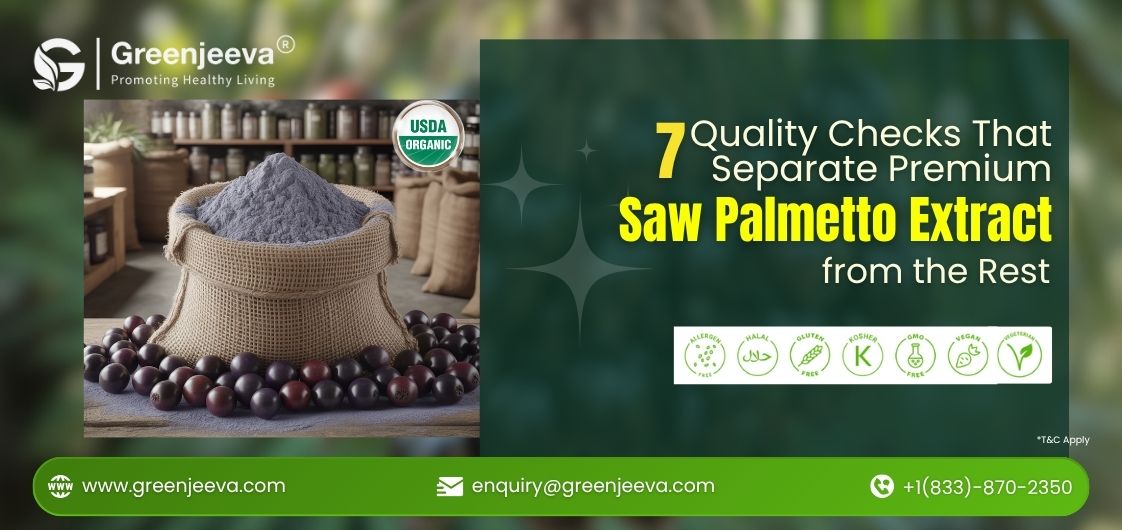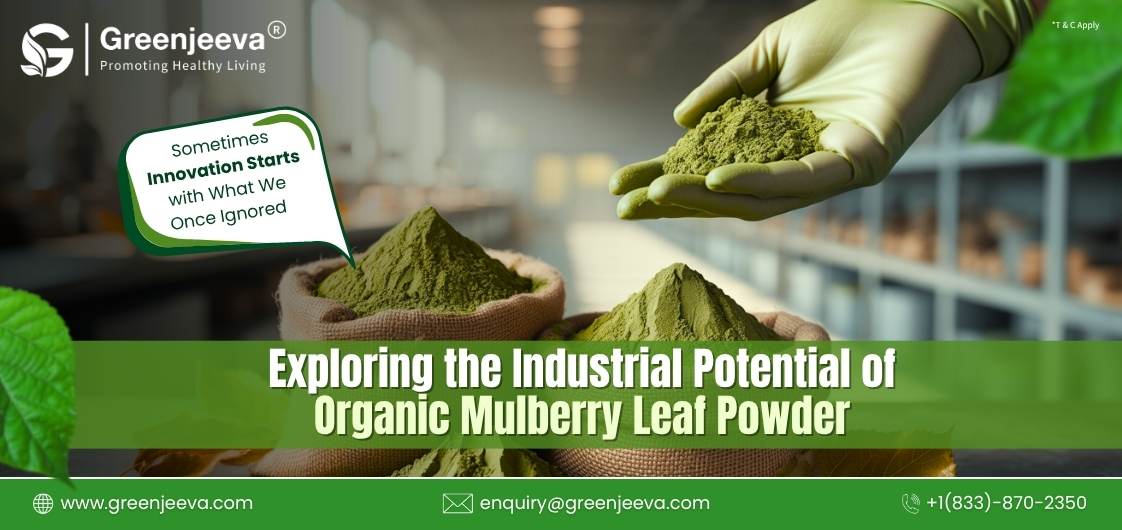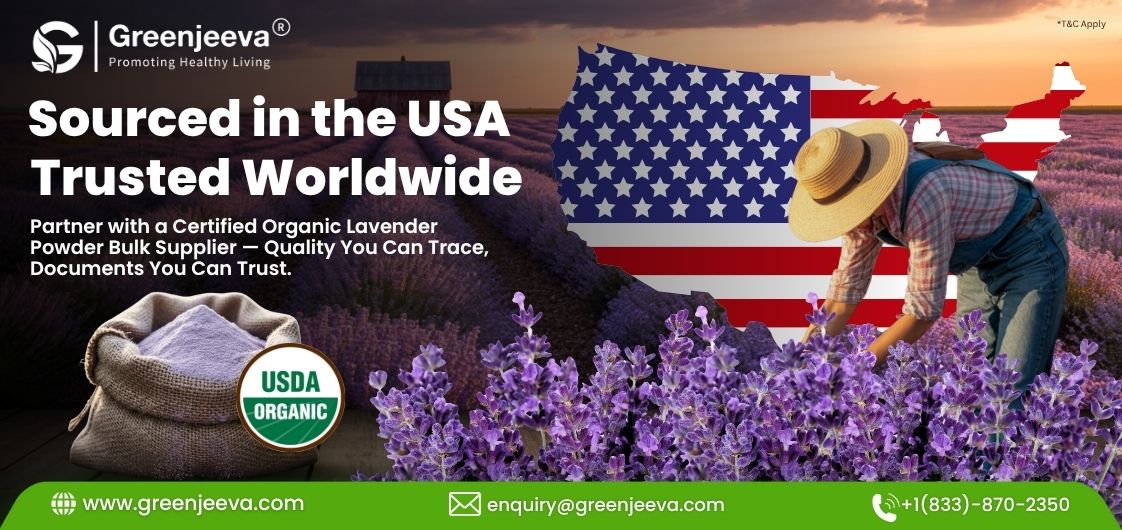How Can Sourcing Verified Pink Himalayan Salt Strengthen Product Compliance and Transparency?

The global market for Himalayan and rock salts is on the rise. Report values the broader Himalayan salt market at more than USD 12 billion in 2024, with projections toward USD 20 billion by 2034 at a CAGR near 5 %. The subset of Pink Himalayan Salt is performing robustly: some industry players estimate its global market value in the hundreds of millions of dollars, driven by demand from food, wellness, and personal care manufacturers.
But growth brings scrutiny, particularly from procurement, quality, and regulatory teams. Independent testing has revealed that many salt samples, including pink Himalayan varieties, contain detectable levels of lead, arsenic, aluminum, or microplastics, raising red flags for manufacturers relying on mineral ingredients. Verified sourcing of Pink Himalayan Salt offers a tangible way to reduce audit risk, maintain label integrity, and support supply reliability.
Below, the blog walks you through how sourcing verified Pink Himalayan Salt strengthens compliance, transparency, and formulation alignment across industries. Let’s dig in.
What Makes Pink Himalayan Salt Distinct from Refined Table Salt?
Pink Himalayan Salt differs from refined table salt primarily in its mineral composition, crystal structure, and processing method—factors that influence both formulation and labeling.
Pink Himalayan Salt is a naturally occurring rock salt primarily mined from ancient deposits in the Khewra region near the Himalayan foothills. Its distinctive pink hue comes from trace minerals such as iron, calcium, potassium, and magnesium that remain within the crystal lattice.
Unlike refined table salt, which undergoes bleaching, anti-caking treatment, or additive blending, most food-grade Pink Himalayan Salt is minimally processed—typically crushed, screened, and dried. This makes it attractive for clean-label product lines where ingredient simplicity and transparency matter.
For manufacturers, this compositional difference translates into potential texture, flow, and sensory variations that can be optimized through the right particle size selection.
How Does Verified Sourcing Support Regulatory and Label Compliance?
Verification ensures that each batch of Pink Himalayan Salt aligns with food safety, heavy-metal, and traceability requirements expected by regulatory authorities and third-party auditors.
From a compliance perspective, sourcing teams are expected to maintain traceable documentation for every ingredient—especially those of natural or mineral origin. For Pink Himalayan Salt, “verified” typically means:
- Confirmed mine origin and batch traceability
- Lab-tested heavy metal reports(arsenic, lead, cadmium, mercury)
- Adherence to food-grade purity standards(≥97% NaCl for rock salt)
- Documentation such as COA, MSDS, allergen statement, and non-GMO declaration
In the U.S., food and supplement manufacturers are guided by FDA and Codex specifications on contaminants and labeling. Proper verification ensures compliance during facility audits and supports transparent label claims such as “additive-free” or “non-iodized mineral salt.”
Procurement teams should request recent ICP-MS lab results and ensure each shipment aligns with established specifications. This proactive verification reduces risk during both internal and third-party audits.
What Should Procurement Teams Review Before Bulk Purchasing?
Bulk buyers should evaluate documentation, testing standards, and handling practices before confirming a supplier for long-term Pink Himalayan Salt procurement.
When sourcing Bulk Pink Himalayan Salt, buyers should go beyond pricing and focus on material integrity and logistics consistency. A standard due diligence checklist includes:
- COA and specification sheetdetailing NaCl content, moisture level, and particle size.
- Heavy metal testing resultsconducted using validated analytical methods.
- Microbial and allergen testing(for food or cosmetic applications).
- Certifications such as Kosher, Halal, and FSSC 22000 where applicable.
- Batch traceability and export documentation if sourced internationally.
- Packaging and storage format(25 kg bags, 1000 kg bulk bags) to match facility handling capacity.
Suppliers offering bulk or wholesale quantities should be able to provide sample lots before purchase confirmation. This allows R&D and QA teams to test flow behavior, solubility, and stability under plant conditions. Reliable bulk Pink Himalayan Salt suppliers in the USA often support these evaluations as part of their onboarding process.
Where Is Pink Himalayan Salt Commonly Used in Industrial Formulations?
Pink Himalayan Salt serves as a mineral source, texturizer, and visual component across functional foods, beverages, cosmetics, and pet formulations.
Its application has expanded far beyond culinary use:
- Nutraceuticals and functional foods: Used in seasoning blends, mineral mixes, and electrolyte powder formulations for taste balance and sodium control.
- Functional beverages: Added in fine-grade form for ionic content and solubility uniformity.
- Personal care and cosmetics: Incorporated as a textural component in scrubs, bath salts, and exfoliating formulations; valued for its crystalline structure and color consistency.
- Pet and animal nutrition: Used in trace-mineral blends and feed fortification, supplied as feed-grade with specific testing requirements.
Manufacturers often select grade-specific particle sizes—from coarse crystals for bath formulations to micro-milled powder for beverage applications. This adaptability across industries adds to its sourcing demand at the wholesale level.
What Market Trends Are Shaping Pink Himalayan Salt Demand in the USA?
The U.S. market shows sustained growth for Pink Himalayan Salt, supported by clean-label reformulation trends and rising traceability standards.
The U.S. demand for Pink Himalayan Salt continues to rise, particularly in food, wellness, and personal care manufacturing. Recent market reports estimate mid-single-digit growth annually, driven by brands shifting toward naturally sourced, minimally processed ingredients.
At the same time, R&D teams are adopting new formulation strategies that pair mineral salts with botanicals and natural extracts to meet evolving sensory and texture expectations. In this context, Pink Himalayan Salt functions not only as a mineral source but as a formulation asset—supporting transparency, visual differentiation, and perceived authenticity.
For sourcing teams, this trend underscores the importance of securing a verified bulk supply chain—one capable of ensuring consistent specifications, documented testing, and long-term availability.
How Does Transparent Sourcing Improve Buyer–Supplier Relationships?
Transparent ingredient sourcing builds reliability, simplifies audits, and strengthens long-term manufacturing partnerships.
For many U.S. manufacturers, transparency has become a shared value between procurement and supply partners. When suppliers provide clear visibility into mining, processing, and testing, it accelerates product approval and labeling workflows.
Consistent documentation across shipments also minimizes audit complications and reduces administrative delays during quality checks. Over time, this consistency translates into supply reliability—a factor as crucial as cost or lead time in large-scale manufacturing environments.
The sourcing of verified Pink Himalayan Salt, therefore, is not merely an operational step but a strategic choice that aligns supply-chain integrity with brand trust.
Conclusion
As clean-label expectations and audit requirements tighten, sourcing verified Pink Himalayan Salt has become an integral part of responsible manufacturing. Beyond its mineral composition, it represents traceability, documented safety, and compliance-readiness—all of which influence a product’s standing in regulated markets.
For formulation, sourcing, and R&D teams across food, beverage, nutraceutical, personal care, and pet industries, the focus is shifting from ingredient appearance to proof of origin and analytical verification. That’s where partnering with a reliable bulk Pink Himalayan Salt supplier in the USA ensures every batch meets both regulatory and operational expectations.
Looking to secure a traceable and compliant bulk supply of Pink Himalayan Salt for your next formulation?
Green Jeeva offers free samples, verified documentation, batch-level specifications, and dependable wholesale pricing for U.S. manufacturers.
Register now to request free samples or discuss your sourcing requirements.
**The Food and Drug Administration has not evaluated these statements. This product is not intended to diagnose, treat, cure, or prevent any disease.**





